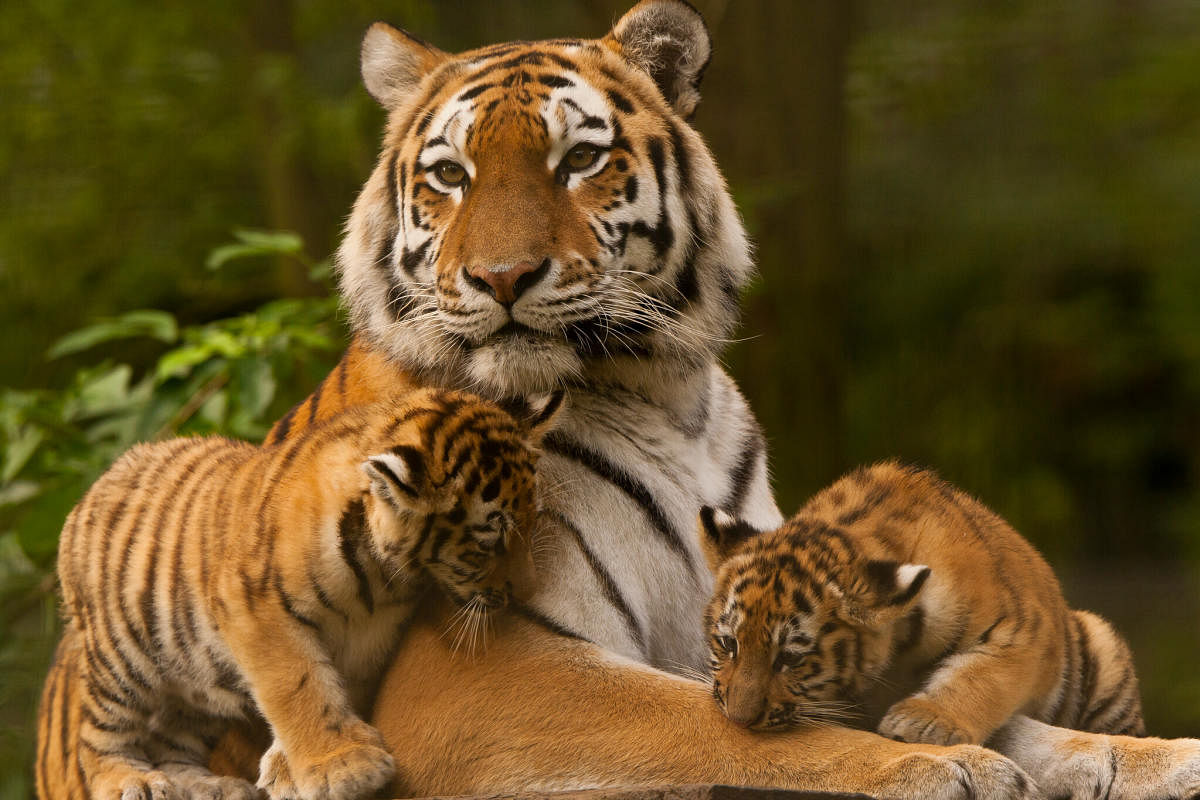
It’s a known fact that tigers are slowly disappearing from our forests. An excessive demand for their body parts is what has increased tiger poaching and illegal trade across the world. An interesting show ‘Tigers: Hunting the Traffickers' on Sony BBC Earth on October 17 at 10 pm will uncover key trafficking routes connecting Malaysia, China, Thailand, Laos and Vietnam. Given that illegal tiger trafficking is a potential threat in India as well, Kartick Satyanarayan, founder Wildlife SOS, talks to Metrolife about the reality of tiger trade in India, challenges involved and measures taken to counter this menace.
What inspired you to work towards exposing the reality of wildlife trafficking?
A large part of my childhood was spent in the midst of nature. Even as a student, I volunteered with the Karnataka Forest Department and even had the opportunity to accompany the night patrol teams as they monitored the forest. As a school student, I also helped assist with rescues and rehabilitation of birds, snakes etc. These experiences inspired me to protect India’s wildlife and that eventually became the dream that I pursued.
I was saddened and appalled at the intolerance that a lot of people exhibited to the presence of wildlife in their surroundings. Valuable wildlife habitat lost to rapid and unplanned urbanisation. What alarmed me most was the poaching of wildlife and habitat destruction that was doing irreversible and wide spread damage to our already fragile and delicate eco-systems. I decided to do something about it. The trigger was a series of incidents that included one where I tracked and apprehended a forest criminal (timber smuggler) from inside a forest while working there as a wildlife biologist gathering data on wild animals using line transect systems.
This incident sparked what eventually became a raging fire inside of me. I was consumed by an urge to do more than just help. I could not stand by and watch any longer and had to be a catalyst, a change maker and use every living moment to help this cause.
According to you, has the illegal trade of tigers come down or has it increased?
The efforts undertaken by the government and individual conservation organisations have certainly increased, indicating that India is serious about safeguarding its tiger population from all forms of dangers.
That said, poaching sadly remains a constant threat and the danger to the tiger has not disappeared. We are definitely better equipped to deal with them than we were, say a decade ago.
What are tigers poached for?
The tiger has always been a symbol of national pride and integral to India’s rich culture and heritage.
Rampant poaching is driven by the increased demand for tiger body parts by international wildlife traffickers. This is affecting the tiger population in the wild. Other factors affecting wild tigers is the shrinking and fragmentation of their habitat as well as the loss of their natural prey in the forests caused by poaching of prey species.
Wildlife SOS runs an Anti Poaching Unit called forest watch! that uses a team of undercover informants to gather intelligence on illegal wildlife traffickers and poaching gangs.
This intelligence is then passed on to enforcement authorities like the Forest Department, police, special task force, wildlife crime control bureau etc to
conduct raids and arrest wildlife offenders.